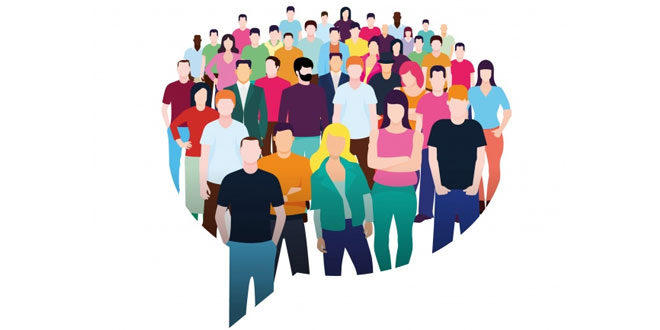Question: Write a short note on Nelson Mandela.
Answer: Nelson Mandela fought against white domination in South Africa. He cherished the ideal of a democratic and free society in which all persons live together in harmony and with equal opportunities.
The South African government tried him for treason and imprisoned him for daring to oppose the apartheid regime in his country. Mandela spent 28 years in South Africa’s most dreaded prison, Robben Island.
After 28 years of imprisonment, Nelson Mandela was released. On 26th April 1994, the new national flag of the Republic of South Africa was unfurled marking the newly born democracy in the world. Nelson Mandela was made the first President of this new democracy.
Question: What is a Constitution?
Answer: Unlike a monarchy, in a democracy the rulers are not free to do what they like. Certain basic rules have to be followed by the citizens and the government. These rules put together are called the Constitution. As the supreme law of the country, the constitution determines the rights of citizens, the powers of the government and how the government should function.
Question: What was basis of the apartheid regime in South Africa?
Answer: The apartheid regime differentiated people on the basis of their skin colour. The native people of South Africa who were black skinned were called ‘blacks’. They made up about three-fourth of the population. People of mixed races who were called ‘colored’. The White Europeans were called ‘Whites’. The white rulers treated all non-whites as inferior.
Question: How were the non-whites discriminated?
Answer: The non-whites did not have any voting rights. The apartheid regime was particularly oppressive for the ‘blacks’ and the ‘colored’. They were forbidden from living in white areas. They could work in white areas only if they had a permit.
There were separate trains, buses, taxis, hotels, hospitals, schools and colleges, libraries, cinema halls, theaters, beaches, swimming pools and public toilets, for the whites and blacks. The blacks were not allowed into the Churches frequented by the whites. There were not allowed to form any association to represent their problems. This system of racial discrimination, unique to South Africa, was called Apartheid.
Question: Which was the first organisation that led the first against Apartheid?
Answer: The African National Congress (ANC) was the first organisation that led the struggle against Apartheid.
Question: Why is South Africa called a ‘rainbow nation’ today?
Answer: There is no social or any discrimination based on skin color in free south Africa, today. Blacks, whites and colored people, men and women, live as free citizens, in total harmony. This is why they call South Africa a ‘rainbow nation’.
Question: What was the situation at the time India achieved independence?
Answer: At that time of independence, the people of India were emerging from the status of subjects to that of citizens. India and Pakistan were born through a partition on the basis of religious differences. This was a traumatic experience for the people of India and Pakistan. Lakhs of people were killed on both sides of the border in partition related violence. The British had left it to the rulers of the princely states to decide whether they wanted to merge with India or with Pakistan or remain independent. This created a lot of turmoil.
 Class Notes NCERT Solutions for CBSE Students
Class Notes NCERT Solutions for CBSE Students




Why Constitution was imposed on 26 January 1950. Why it was not imposed on 26 November 1949!